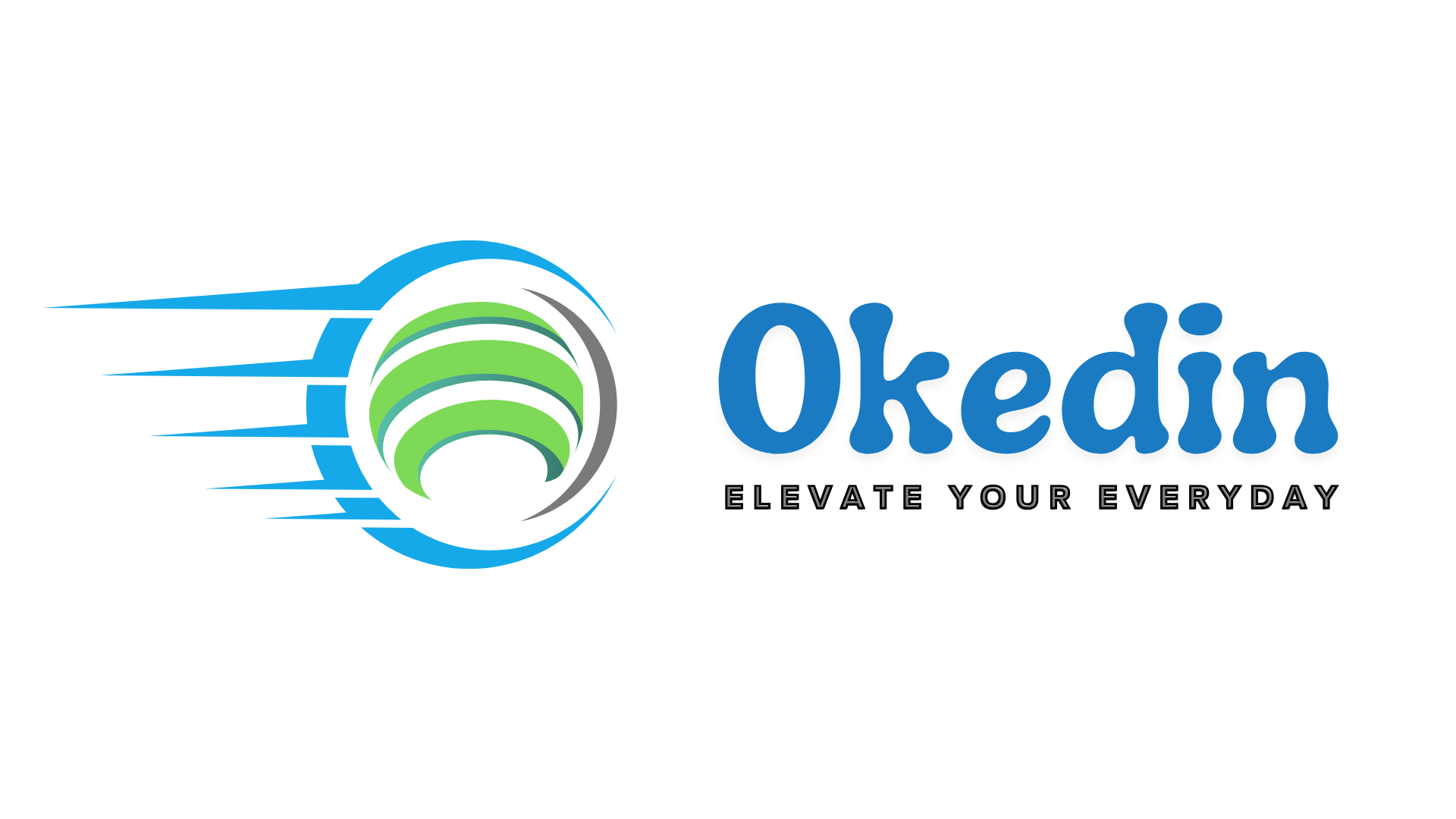Crafting a personalized workout plan is essential for anyone looking to achieve fitness goals tailored specifically to their needs, lifestyle, and aspirations. The world of fitness can often feel overwhelming due to the endless array of pre-packaged plans available, promising the quick transformation that many desire. However, those seeking sustainable change must take ownership of their fitness journey by designing a plan that resonates with their unique circumstances. This article serves as your guide in navigating through the essential steps to creating an effective personalized workout plan.
Personalized workout plan

Every individual’s body, fitness level, and goals differ vastly — which is why a one-size-fits-all approach rarely delivers the desired results. The foundation of a truly effective personalized workout plan lies in understanding what you want to achieve, assessing where you currently stand, and recognizing the tools at your disposal.
Before we embark on the journey of crafting this comprehensive plan, it’s crucial to highlight the importance of self-awareness in the initial phases of your fitness journey. Self-awareness helps you identify not only your strengths but also your limitations, both physical and mental. For instance, do you struggle with cardiovascular endurance? Are you aiming to increase muscle mass but don’t know how to start? These realizations are pivotal in shaping a workout plan that genuinely enhances your health and well-being.
Understanding your starting point sets the scene for the rest of your fitness journey. A successful personalized workout plan requires regular reassessments and adjustments, making it an evolving roadmap rather than a static blueprint. As we delve deeper, let us explore the various components that breathe life into your unique workout regimen.
Assessing Your Fitness Level
Understanding where you fit in the fitness spectrum is vital to establishing realistic goals and expectations. This assessment goes beyond just knowing if you’re a beginner, intermediate, or advanced. It’s about evaluating how your body responds to different types of exercises, identifying your comfort levels, and determining your overall physical readiness for training.
As a beginner, you may be thrilled to engage in exercise for the first time but could be met with challenges such as fatigue or muscle soreness. Embracing these obstacles with patience and perseverance serves as the first step toward building a solid fitness foundation.
For intermediates, the chances are high that you’ve gained some degree of competence in basic exercises. You might be ready to diversify your routine. It’s important to push yourself further while still ensuring that you maintain proper form to prevent injuries.
When it comes to advanced fitness enthusiasts, the focus shifts toward exploring more complex movements and techniques. Perhaps you’re now interested in integrating higher weights or trying out new forms of resistance training. Understanding your proficiency level empowers you to construct a plan that genuinely challenges and excites you.
Defining Your Fitness Goals
Once you’ve assessed your current level, it’s time to establish clear and actionable fitness goals. Simply stating that you want to “get fit” isn’t specific enough. Instead, consider asking yourself questions like: What does “fit” mean to me? Is it shedding a certain number of pounds, increasing my strength, or perhaps improving my flexibility?
Being realistic is equally important. While the fitness industry often touts rapid transformations, acknowledging that lasting change takes time is essential. Whether your goal is weight loss, muscle building, or enhanced mobility, articulate it clearly so that it becomes a motivating force driving your actions.
Once you’ve defined your goals, write them down and visualize the end result. This act not only provides clarity but also fosters a deeper emotional connection to your objectives, making it easier to stay committed.
Identifying Limitations and Considerations
A fundamental aspect of designing your personalized workout plan involves recognizing any limitations you may have. Pre-existing conditions or injuries should be taken seriously; they can hinder progress if not addressed properly. Consulting with a healthcare professional or personal trainer proficient in rehabilitation can be invaluable in these situations.
Equally significant is understanding the constraints imposed by your daily life. Time limitations often deter individuals from committing to a workout schedule. It’s vital to develop a plan that factors in your unique lifestyle and commitments. Equipment access also plays a critical role. If you’re working out at home, your plan will differ from someone who has full access to a gym. Choosing exercises that suit your environment ensures consistency and keeps motivation high.
Ultimately, personal preferences matter immensely. An engaging workout is far more sustainable than forced routines. Integrate activities you enjoy — whether that’s dancing, cycling, running, or yoga — to ensure your workouts remain enjoyable.
Tips to design your own workout routine
Now that you’ve laid the groundwork for your personalized workout plan, it’s time to explore practical tips to construct an effective and engaging workout routine. Remember, creating a plan is not merely a checklist to complete but rather a dynamic framework that adapts to your changing needs and goals.
Structuring Your Workout Routine
A well-rounded workout plan typically includes a blend of cardiovascular exercise, strength training, and flexibility/mobility work. Striking the right balance among these elements is essential to achieving comprehensive fitness.
Cardiovascular exercise is crucial for heart health, stamina, and efficient weight management. Engaging in activities like running, swimming, or brisk walking can elevate your heart rate, providing the aerobic benefits needed for endurance. Determine how much cardio you need to incorporate based on your goals; if weight loss is a priority, you may want to increase the volume over time.
Strength training is another pillar of a balanced workout routine. Not only does it build muscle mass and enhance metabolism, but it also strengthens bones and improves functional movement. Focusing on compound movements (exercises that target multiple muscle groups) can yield the best results in terms of efficiency and effectiveness.
Lastly, incorporating flexibility and mobility exercises is essential for preventing injury and promoting recovery. Activities such as yoga or Pilates help improve range of motion, reduce muscle tightness, and cultivate a mindful connection with your body.
Selecting Appropriate Exercises
When it comes to selecting exercises for your routine, always tailor choices to your fitness level and specific goals. For beginners, basic movements targeting major muscle groups will suffice. Bodyweight exercises like squats, lunges, and push-ups lay the foundation for strength development. Gradually introduce light resistance as you grow more comfortable with the movements.
For intermediates, consider diversifying your exercise selection. Incorporating compound movements such as deadlifts, bench presses, and overhead presses engages multiple muscle groups and can lead to better overall strength gains. Forming supersets or circuits allows for efficient time management and increased intensity.
Advanced lifters may look to challenge themselves with advanced variations or plyometric movements. Exercises like barbell thrusters or power cleans elevate both strength and cardiovascular conditioning. Remember, as you increase the intensity, you must also prioritize form to minimize the risk of injury.
Crafting Your Workout Schedule
Establishing a consistent workout schedule is one of the most significant contributors to success. Aim to integrate at least 150 minutes of moderate-intensity cardio or 75 minutes of vigorous cardio each week. In addition to cardio, include strength training exercises targeting all major muscle groups at least twice weekly.
Choose workout days and times that align with your lifestyle and energy levels. Some people thrive with morning workouts, while others may find evenings more suitable. Experiment with different times to discover when you feel most motivated and energized to pursue your workouts.
Determining Sets and Repetitions
The workout structure itself relies heavily on understanding sets and repetitions. Sets refer to the number of times you perform a particular exercise, while repetitions indicate how many times you execute a single movement within a set. Your goal largely dictates the optimal number of sets and reps.
If muscle growth is your primary objective, aim for 3-4 sets of 6-12 repetitions using weights that challenge you without compromising form. Conversely, if strength is your main focus, consider 3-5 sets of 1-5 repetitions with heavier weights. For endurance training, lighter weight and higher repetitions (15-20) will be more effective.
Progression Through Overload
One of the most critical principles of training is progressive overload — the gradual increase of stress placed upon your muscles. Without this principle, your body will plateau, hindering progress.
You can apply progressive overload in several ways. Increase weight or resistance gradually, carefully monitoring your body’s response. Alternatively, increase repetitions or sets over time, allowing for sustained growth. Decreasing rest periods between sets can also amp up intensity and challenge your muscular endurance.
Changing exercise variations is another effective way to ensure continuous progression. Once you can complete an exercise with good form, consider moving on to a more challenging variation.
Monitoring Progress and Making Adjustments
Tracking progress is key to staying motivated and discerning what works best for you. Keeping an exercise log helps document your workouts, charting the weights used, sets completed, and how you felt during sessions. Reflecting on your journey aids in recognizing achievements and areas for improvement.
Periodically assess your fitness level through structured tests related to your goals. Push-up tests, sit-and-reach assessments, or timed runs can provide insight into your progress.
Be open to adjusting your plan based on your assessment. Should you notice stagnation, it may be time to tweak the intensity of your workouts, vary your exercises, or even reassess your goal to keep your momentum alive.
Conclusion
Embarking on the journey to create a personalized workout plan is a powerful message of self-empowerment. By investing the time and effort into understanding your unique fitness level, defining your goals, and leveraging the plethora of resources at your disposal, you can construct a sustainable path to achieving your desired outcomes.
This process requires patience, self-reflection, and commitment. Challenges will arise; however, your willingness to adapt and evolve will ultimately determine your success. The beauty of fitness lies in its perpetual nature — every individual has the opportunity to redefine their goals and aspirations continually.
As you implement the strategies discussed, remember to celebrate your progress and respect your limits. Your personalized workout plan is not just a vehicle for physical change but an enriching journey toward self-discovery and empowerment. Enjoy the ride, embrace the challenges, and revel in becoming the best version of yourself!


